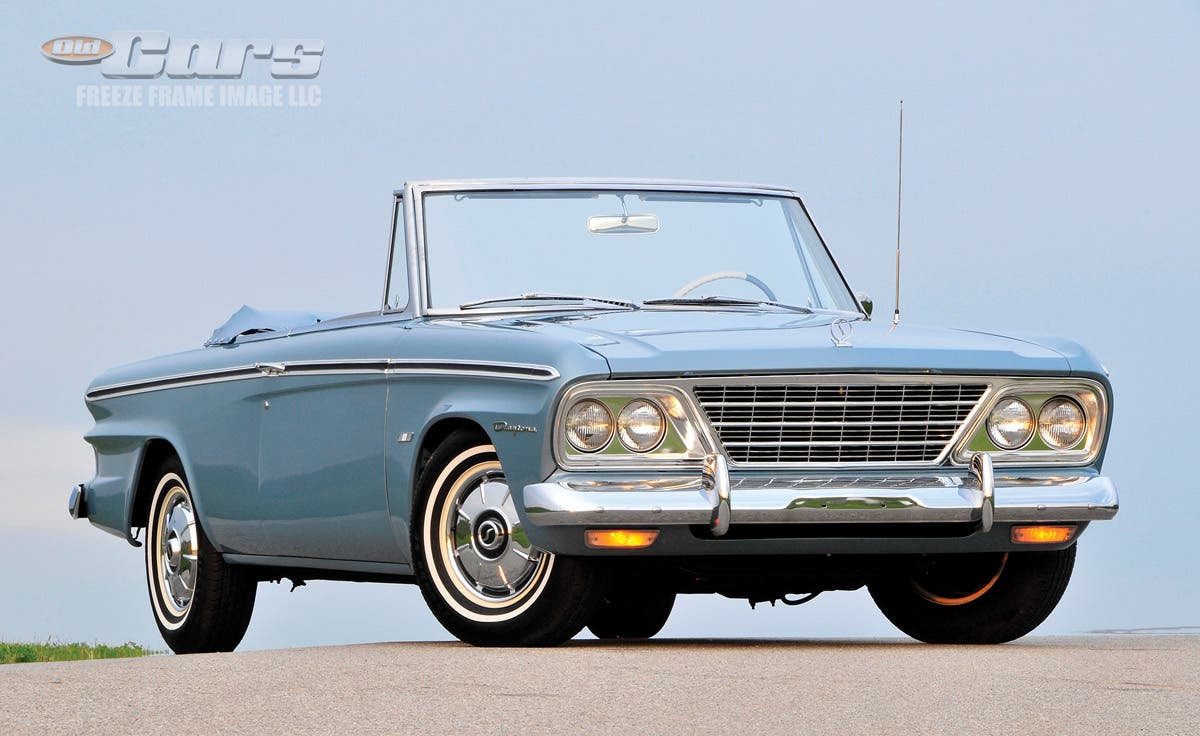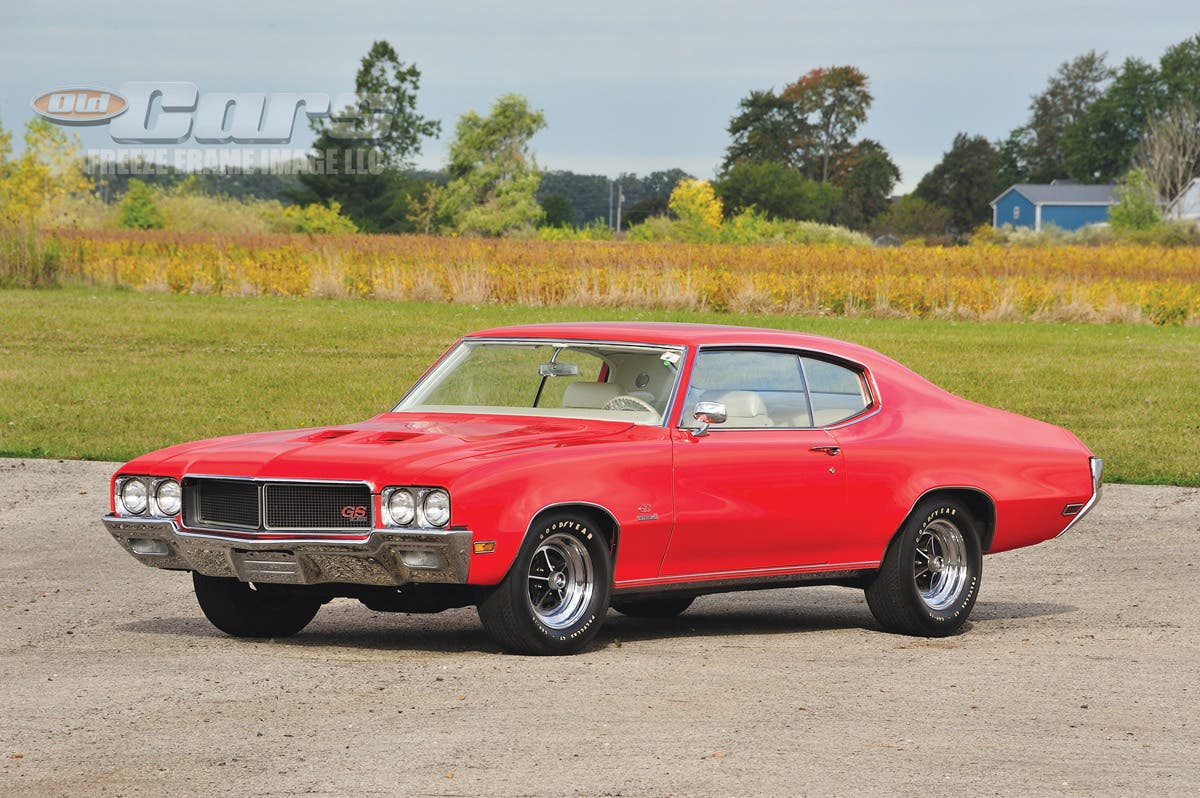Quirky is Better: The Saab Sonett II
The Saab Sonett II is a small, fiberglass-bodied two-seat sports car powered by the quirky three-cylinder two-stroke Saab engine that revs like an electric drill and is smoother and more powerful than one would guess.
As you may recall, I used to work for Saab-Scania of America, the company that imported to the United States Saab cars, along with (for a short time) Scania trucks. I ended up working for both divisions. It was a fun place, and my experience there even helped me write a few columns of which I’m rather proud. The subject of today’s column is the rare and fun little sports car the company produced for four model years: the Saab Sonett II.
Now you’re probably wondering, was there a Sonett I? Yes, there was, and I wrote about it in this space many years ago. I probably should write about it again some time, but not today. Today is the “II’s” day.
The early Sonetts are rare for the simple reason that the company didn’t build a whole lot of them. “The Standard Catalog of Imported Cars” says that 60 Sonett II models were produced during late 1966, and another 455 in 1967. A former Saab-Scania engineer who once owned a Sonett II reports that, “The original Sonett debuted in 1966 as the Sonett II with the triple-carb, two-stroke engine with oil injection. Something like 28 were cobbled together before production of the 1967 model began. In all, 258 strokers were built, mostly all 1967s. All were oil-injected using a separate tank under the hood.” By the end of production in 1969, a total of 1,868 Sonett II models had been produced. As noted, the first of the Sonett II models, the 1966 and early 1967 models, are especially rare, because the initial 258 cars produced were powered by the famed Saab 841cc two-stroke, three-cylinder engine equipped with three one-barrel carburetors. After that came a changeover to the 1500cc, Ford-built V-4 engine, which was smoother, quieter, more powerful, and even had markedly better fuel economy. All in all, the Sonett V-4 is far and away the better of the two “II” models, but to us old two-stroke guys, the three-banger is the mill to have. It’s just a two-stroke thing; it doesn’t really make any sense, except to certain diehards like me. So, this column is going to focus mainly on the two-strokes — those lonely 258 cars built with the light-weight three-banger under the hood.
And by the way, although books and reference guides refer to the Sonett II with the V-4 as the “Sonett II V-4,” insiders call it simply the “Sonett V-4.” To old-timers like me, the correct nomenclature for the Sonett model range is the Sonett I, Sonett II, the Sonett V-4 and the Sonett III, the latter two Sonetts having the V-4 motor. Hardly anyone talks about the Sonett I nowadays, because so few were built that the chance of coming across one for sale is nil. And the Sonett III is so different from the earlier models that it deserves a separate column.
A little two-stroke insider info: Would you like to know when your muffler needs to be replaced? You need to change it when it gets quiet! That’s because quietness indicates that it’s packed with oil residue from the exhaust and creating too much back pressure. Here’s an old saying to remind you: “If you can’t hear the ‘ring a ding ding,’ it’s time to change the darn thing.” At least it’s an easy job.
So, anyway, let’s get into the details about the Sonett II. It’s a small, fiberglass-bodied two-seat sports car powered by the quirky three-cylinder two-stroke Saab engine that revs like an electric drill and is smoother and more powerful than one would guess. Its 841cc equates to just 51.3 cubic inches, so we’re not dealing with a whole lot of motor here; some garden tractors have bigger mills. But being a two-stroke means every other stroke is a power stroke, rather than every fourth stroke, as in a conventional four-stroke internal-combustion engine, so it’s almost like having 1682cc under the hood. Add to that the triple carbs (which sound so sweet under full acceleration), a neat roller-bearing crankshaft and a high compression ratio (9:1), and you can see why such a small engine is able to pump out 60 hp, or more than one horsepower per cubic inch.
Having said all that, 60 hp is sure not a lot of pep for a supposed sports car, but the little Sonett II weighs just 1,565 lbs., so it’s able to perform reasonably well, especially in the context of its era.
The Sonett II’s transaxle included a four-speed manual transmission with a column shifter, a not-uncommon practice back then. Free-wheeling was included as standard equipment; initially it was needed, because the two-stroke engine received its lubrication from oil being mixed in the gasoline, and when downshifting, the engine might not get enough lubrication since no fuel was going into the cylinders. If you’ve never driven a car with free-wheeling, it can be terrifying the first couple of times that you downshift down an exit ramp and nothing happens. In fact, it sometimes feels like the car speeds up! With free-wheeling, the engine and transmission disengage when you take your foot off the gas (i.e., the drivetrain “free-wheels”). It saves gas, along with clutch wear, but it’s not everyone’s cup of tea.
The Sonett II rides an 85-inch wheelbase, which provides decent legroom. The two bucket seats are very low, as is the roofline (just 48 inches from the ground), which gives the little coupe a sporty feel very similar to a Porsche 914. The instrument panel includes a nice tachometer, speedometer/odometer and temperature gauge; no oil pressure gauge for the two-strokes, naturally, since they don’t have an oil sump.
Exterior styling is a mix of influences. The one-piece nose with scooped out headlamps has Jaguar overtones, and I wouldn’t be surprised if it influenced the later Datsun 240Z more than a bit. (By the way, the Sonett II’s nose is held in place by clasps on either side, much like the Triumph Spitfire, and the whole hood/fender combo tilts forward to allow perfect access to the drivetrain for servicing). The front fender line continues along the doors before gracefully turning upward onto the rear quarters to provide good visual balance to the profile. The roofline flows back to a curved glass fastback that terminates at the rear in an abrupt Kammback holding four taillamps — two per side — along with one of the most unique features we’ve ever seen: a fold-down rear access door.
The chassis is, of course, front-wheel-drive; this is a Saab, remember. Tires are 155x15s mounted on silver-painted wheels with chrome hubcaps. Steering was rack and pinion, and the independent front suspension consisted of coil springs, upper and lower wishbones and an anti-sway bar. The rear suspension included a tubular rear axle, coil springs and trailing rods. Brakes were disc all around, so all in all, this was a surprisingly sophisticated little machine.
Options included chrome trim rings, radio and, if memory serves, Saab eventually offered an air conditioning kit for dealer installation.
After the initial run of two-stroke-powered cars, the factory switched over to the Ford-supplied V-4 engine. The day of two-stroke passenger cars was nearing the end, and Saab would soon phase out the two-stroke mill in its entire U.S. lineup, beginning with the Sonett V-4. As we said earlier, the V-4 cars are faster, smoother and more enjoyable for most people. They’re not as quirky as the two-strokes, but some of us like quirky. Styling changes had to be made for the V-4, including an ungainly looking hump on the hood necessary to fit the new engine. In my eyes, the hump spoiled the pureness of the original design, but many people like it.
The Sonetts — both the II and the V-4 models — were marketed primarily to Americans and were meant to attract attention to the full Saab line-up. This they succeeded in doing, and the brand proved popular with U.S. buyers.
As far as finding a Sonett II to buy, they seem to pop up regularly, most often in V-4 guise, though I’ve seen a few two-strokes for sale in the past couple of years. As I write this, I’ve found two V-4 models for sale online; one for $19,500, and the other for $24,500, and both looked nice. That’s not a lot of money to pay for something so rare and unusual. And they’re fun to drive.
Good hunting!
If you like stories like these and other classic car features, check out Old Cars magazine. CLICK HERE to subscribe.
Want a taste of Old Cars magazine first? Sign up for our weekly e-newsletter and get a FREE complimentary digital issue download of our print magazine.








